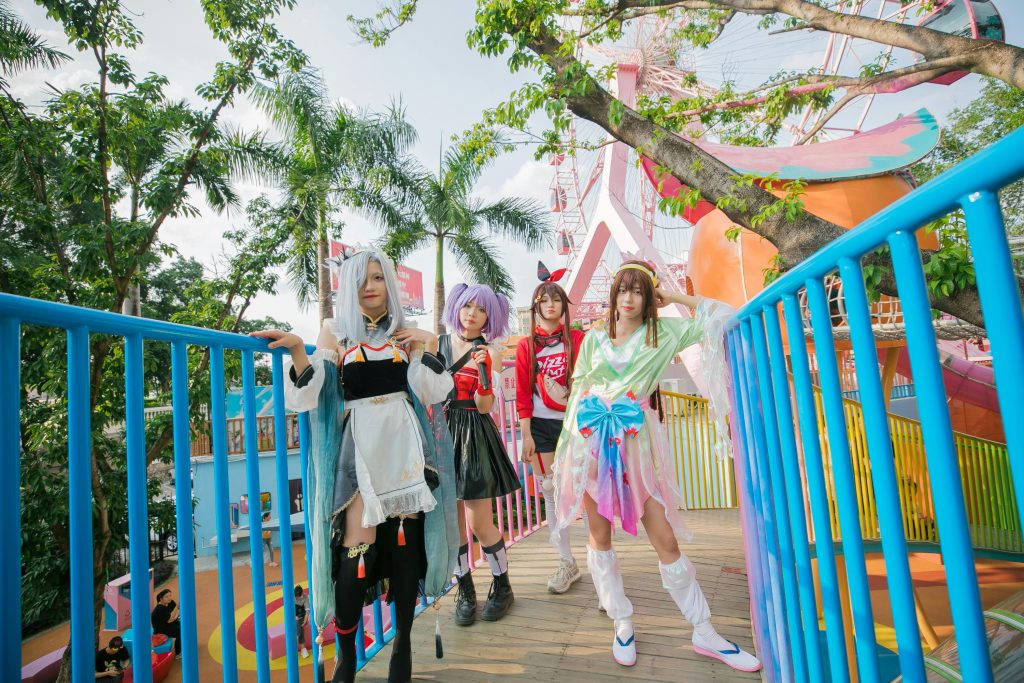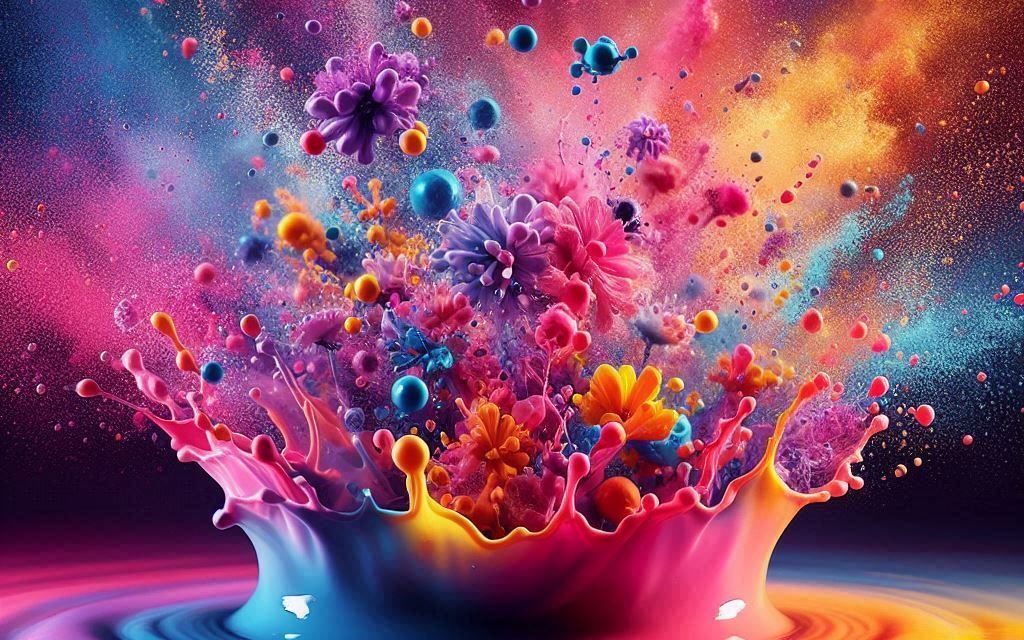Table of Contents
The Influence of Japanese Manga on Contemporary Art
Japanese manga has evolved from humble beginnings into a global phenomenon, leaving a profound impact on not only pop culture but also contemporary art. Initially regarded as a niche medium, manga has transcended its cultural and geographic boundaries to influence a variety of creative domains, including fine art, digital illustration, animation, and even architecture. Manga’s narrative and visual style have been particularly influential in shaping modern aesthetics, from avant-garde galleries to mainstream design, blending traditional Japanese artistry with modern technological and social themes.

Photo by Pexels
The Origins and Evolution of Japanese Manga
Manga, in its modern sense, began to take shape in the early 20th century, although its roots can be traced back much further, to Edo-period ukiyo-e prints and illustrated books. Artists like Hokusai, who is credited with coining the term manga, produced intricate visual stories that combined elements of realism and exaggeration—qualities that remain essential to the medium today. However, it was in the post-World War II period, particularly in the works of Osamu Tezuka, that manga began to assume its contemporary form. Often referred to as the “God of Manga,” Tezuka’s works, such as Astro Boy and Black Jack, featured cinematic paneling, expressive characters, and complex narratives. These innovations helped define manga as a medium distinct from Western comics, offering not only entertainment but also social commentary and philosophical depth.
Tezuka’s influence spread across Japan, inspiring new generations of manga artists, or mangaka, who began exploring diverse genres, including shojo (young girls’ manga), seinen (adult men’s manga), mecha (robotics-themed), and yaoi (boys’ love). As manga diversified, it became increasingly popular both in Japan and internationally. By the late 20th century, global audiences had been captivated by works like Akira (Katsuhiro Otomo) and Ghost in the Shell (Masamune Shirow), which paved the way for manga’s international reach and its impact on various artistic movements.
Visual and Aesthetic Influence
Manga’s influence on contemporary art can be seen in several key aesthetic elements: linework, character design, and panel layout. In traditional Japanese art, such as calligraphy and woodblock prints, linework has been a central focus, and manga continues this tradition with its meticulous and expressive lines. Artists such as Takashi Murakami have embraced manga’s aesthetic, blending it with the superflat movement to critique postmodern Japanese consumer culture. Murakami’s work is a testament to how manga’s flat, two-dimensional visual style has seeped into the world of contemporary fine art. His oversized, colorful characters, reminiscent of manga figures, challenge the boundaries between high art and low culture.
Moreover, manga’s exaggerated facial expressions and unique character designs have influenced a wide range of artists beyond Japan. The big, emotive eyes—once popularized by Tezuka—have become a hallmark of manga characters, symbolizing innocence, vulnerability, and expressiveness. This design language has crossed into contemporary illustration and animation worldwide. In digital art, platforms such as Instagram and DeviantArt are filled with works that draw on manga’s visual codes, blending them with Western styles or creating new hybrid forms. This fusion can be seen in the work of artists like Lauren Tsai, whose character designs are heavily inspired by manga but incorporate elements of Western surrealism and fantasy.
Manga’s influence is also evident in architecture and design, where its paneling and narrative structures have inspired spatial composition and movement. The concept of breaking up time and space into frames—something manga does expertly—has resonated with architects seeking to create fluid, non-linear spaces. The fragmentation of perspective in manga, where the reader’s eye is guided through dynamic sequences of frames, has been adapted by designers to challenge conventional spatial perceptions.
Thematic and Philosophical Influence
Beyond the visual, manga has influenced contemporary art by engaging with modern themes such as identity, technology, and society’s relationship with nature. Works like Akira and Neon Genesis Evangelion delve into philosophical questions of human existence, selfhood, and the relationship between man and machine. These themes have found resonance in modern art, especially in movements that focus on dystopian futures, the posthuman condition, and ecological crises.
Manga often explores identity in ways that question traditional gender roles and social expectations. Gender fluidity, as seen in the shojo and yaoi genres, has had a noticeable impact on Western art dealing with LGBTQ+ themes. The fluidity of identity in manga allows characters to move beyond binary classifications, a concept embraced by contemporary artists exploring the complexities of gender and sexuality.
Environmental themes have also found a place in manga, notably in works like Hayao Miyazaki’s Nausicaä of the Valley of the Wind. Miyazaki, though better known for his films, is deeply influenced by manga’s ability to communicate nuanced narratives about the tension between technological progress and environmental degradation. These concerns echo in the works of eco-artists and designers striving to raise awareness about climate change, sustainability, and humanity’s future relationship with nature.
Manga’s Role in Shaping Digital Culture
Manga has also played a significant role in shaping today’s digital culture, especially through the rise of anime and fan art. The digital art community thrives on remixing, recreating, and reimagining existing characters and worlds—a practice heavily influenced by manga fandom. Platforms like Tumblr, Twitter, and TikTok are full of fan art that draws on manga’s visual language, demonstrating the enduring appeal of the medium. The fan culture surrounding manga, often referred to as doujinshi (self-published works), has become a vibrant subculture that merges the roles of creator and consumer. This blurring of boundaries between professional and amateur artists, characteristic of manga fandom, has inspired a democratization of art-making in the digital age.
Additionally, manga’s integration with anime has helped fuel the rise of digital art tools and techniques. The distinctive animation style of anime, which often closely mirrors its manga source material, has influenced a generation of digital animators and illustrators. Programs like Clip Studio Paint, popular in the manga and digital art communities, have been specifically designed to cater to the needs of manga-style artists, further embedding the medium into contemporary digital art practices.
Conclusion
Japanese manga’s influence on contemporary art is vast and multifaceted, shaping both visual and thematic approaches in a wide range of artistic practices. By fusing traditional Japanese aesthetics with modern technology and global cultural currents, manga has created a distinctive and enduring legacy. Its impact can be seen in fine art, architecture, digital illustration, and even global subcultures. Manga’s blend of simplicity and complexity, its ability to convey deep philosophical questions through accessible visual means, and its global resonance make it a powerful force in shaping today’s artistic landscape. As manga continues to evolve, its influence will likely remain an essential aspect of contemporary art for years to come.


No responses yet